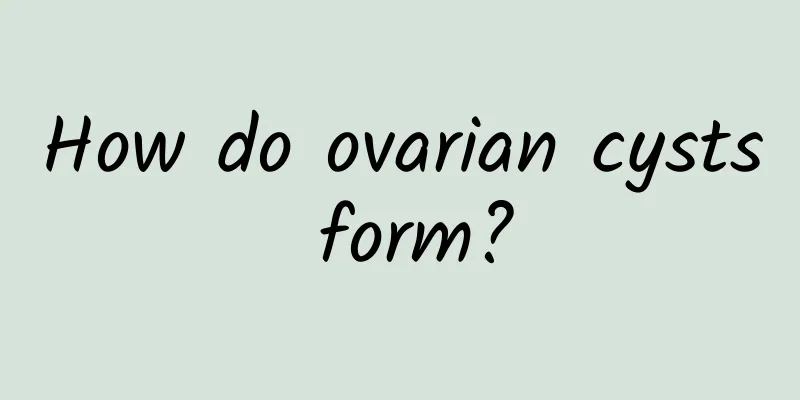Will myomectomy cause recurrence? Factors that increase the risk of uterine fibroids

|
Myomectomy, as the name implies, refers to the surgical removal of uterine fibroids. According to the current situation, due to the possibility of cervical cancer after total hysterectomy, the treatment of residual cancer is very difficult. Therefore, total hysterectomy is recommended for most patients, that is, direct removal of the uterus. So, will myomectomy be repeated? So far, the cause and pathogenesis of uterine fibroids are still unclear, and may be related to the following aspects. Factors that increase the risk of uterine fibroids: estrogen used in maternal pregnancy, obesity, African Americans, moxifen, etc. Factors that reduce the risk of uterine fibroids include: exercise, multiple births, menopause, oral contraceptives, etc. Sex hormones and their receptors Modern medicine believes that uterine fibroids are a hormone-dependent tumor. Uterine fibroids occur during the reproductive years, are rare before puberty, and shrink or disappear after menopause. Studies have shown that estrogen and progesterone synergistically promote the growth of fibroids. The main mechanism may be that estrogen in the follicular phase increases estrogen receptors on uterine smooth muscle, and then progesterone in the luteal phase promotes the mitotic activity of fibroids, thereby stimulating the growth of fibroids. Uterine fibroids have increased expression levels of growth factors and their receptors. They are considered to be mediators or effectors of increased ovarian hormones during uterine fibroid formation, but the possibility of abnormal primary regulation of one or more growth factors cannot be ruled out. Uterine fibroids usually contain an excess of extracellular mediators, mainly containing fibroblasts and their collagen types I and III, and the interaction of fibroid cells with fibroblasts and various growth factors provides a suitable microenvironment for the formation and growth of fibroids. Uterine fibroids are related to hormone levels in the body. If recurrence is possible after surgery, generally speaking, the recurrence rate of uterine fibroids after surgery is about 20-30%. The reasons for recurrence may be: small fibroids that were not discovered after surgery gradually increase under the action of sex hormones; or the patient has fibroid pathogenic factors, and new fibroids continue to occur. |
<<: What are the types of myomectomy? Common methods of myomectomy
>>: How does myomectomy work? Detailed explanation of myomectomy process
Recommend
Is konjac noodles a magic tool for weight loss? Nutritionist: Eat this together to lose weight
There are many ways to lose weight, but there are...
Why does bacterial vaginosis recur easily?
Nowadays, more and more people may suffer from ba...
Is ketogenic diet effective? A comprehensive analysis of the pros and cons of the ketogenic diet!
A year ago, I gave a corporate speech on the topi...
How long does it take to get your period after a medical abortion? Please be sure to see a doctor
After a female medical abortion, due to changes i...
How can patients with uterine fibroids recover after surgery?
How to recover after uterine fibroid surgery? Ute...
Prevent high blood lipids and lose weight healthily! 3 Easy Lentil Recipes
When dining in Korea, there are usually side dish...
Sea salt hot compress therapy is effective in treating adnexitis
Traditional Chinese medicine treatment of adnexit...
How to abort an ectopic pregnancy? Based on your actual situation
The existence of ectopic pregnancy itself has cer...
How to treat candidiasis
Candidal vaginitis, also known as candidal vagini...
Is ovarian chocolate cyst a disease? What is the pathogenesis?
Ovarian cysts can be treated based on the speed o...
Experts remind that prevention of cervical hypertrophy should start from the cause
To help women avoid and get rid of the trouble of...
Expert introduction: What are the signs of pelvic inflammatory disease?
What are the main signs of pelvic inflammatory di...
What are the types of pelvic peritonitis?
Acute pelvic peritonitis is mainly caused by path...
What are the symptoms of early uterine fibroids?
What are the symptoms of early uterine fibroids? ...
What are the symptoms of uterine cysts and whether they need treatment
Common symptoms of uterine cysts include abnormal...









